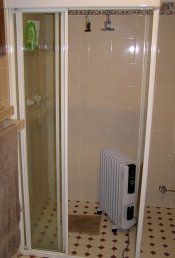Marco S.
Member
An extra trick that works for me with 120 film is to pour about 500ml of diluted photo-flo down the film after the stainless steel clips are attached to its ends. The strong flow sluices away any stray grit or dust.
Immediately after the pour I hold the film up taut and at a 45 degree angle in a vertical plane. The Photo-flo solution then has to carry the grit down only a little further than the width of the film not its length. When the last of the Photo-flo has drained off the bottom edge of the film (or my arms ache too much) I hang it up until the next day.
I also do this and it works exceptionally well. I pour the remaining wetting agent down both sides of the film, give it a few shakes and hang it up to dry in a clean place.













